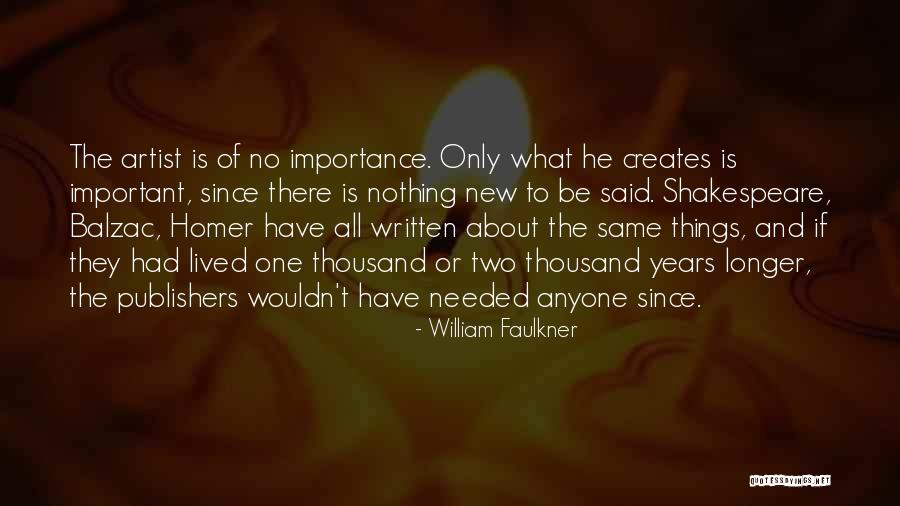


True/ Falseġ2: What does the term ‘foreigner’ meant in the past?Īnswer: The one who was not a part of a specific social unit like village or city etcġ3: Name some sources that gave information about our past.Īnswer: coins, inscriptions, accounts of travellers, art and architectureġ4: When did Ziyauddin Barani first wrote his chronicle?ġ5: Amir Khusrau described Mabari as the language of _.Īnswer: Archives are the place where all old and new documents and manuscripts are kept.ġ7: In early medieval period, manuscripts were copied by _.ġ8: Between 700 to 1750, various socio-cultural changes took place, what was the important reasons for this?Īnswer: Interaction with people from different parts of the worldġ9: Early medieval period saw worship of new _.Ģ0: Who divided the history of India into Hindu period, Muslim period and British period in19th century?Ģ1: Name the paintings that were used in manuscripts.Ģ2: Babar used the term ‘Hindustan’ in political sense. True/ FalseĦ: Name the language that was considered as the elite class language.Īnswer: Cartographer is the one who makes maps and analyses them and thus helps us in understanding the spread of trade and empire.ġ0: Minhaj-us-Siraj used the term ‘Hindustan’ to refer the areas of Punjab, Haryana and _.ġ1: Babar used the term ‘Hindustan’ to specify geography, flora, fauna and cultures of the entire Indian subcontinent.

True/ FalseĤ: In which century the teachings of the holy Quran first came to India?ĥ: According to Sanskrit Prashasti, the eastern limit of Giyasuddin Balban’s Empire was extended to Bihar.

1: Dvarsamudri was the language spoken in _.Ģ: Into how many periods does the British historians divided the history of India?ģ: India got its name in the 13th century.


 0 kommentar(er)
0 kommentar(er)
